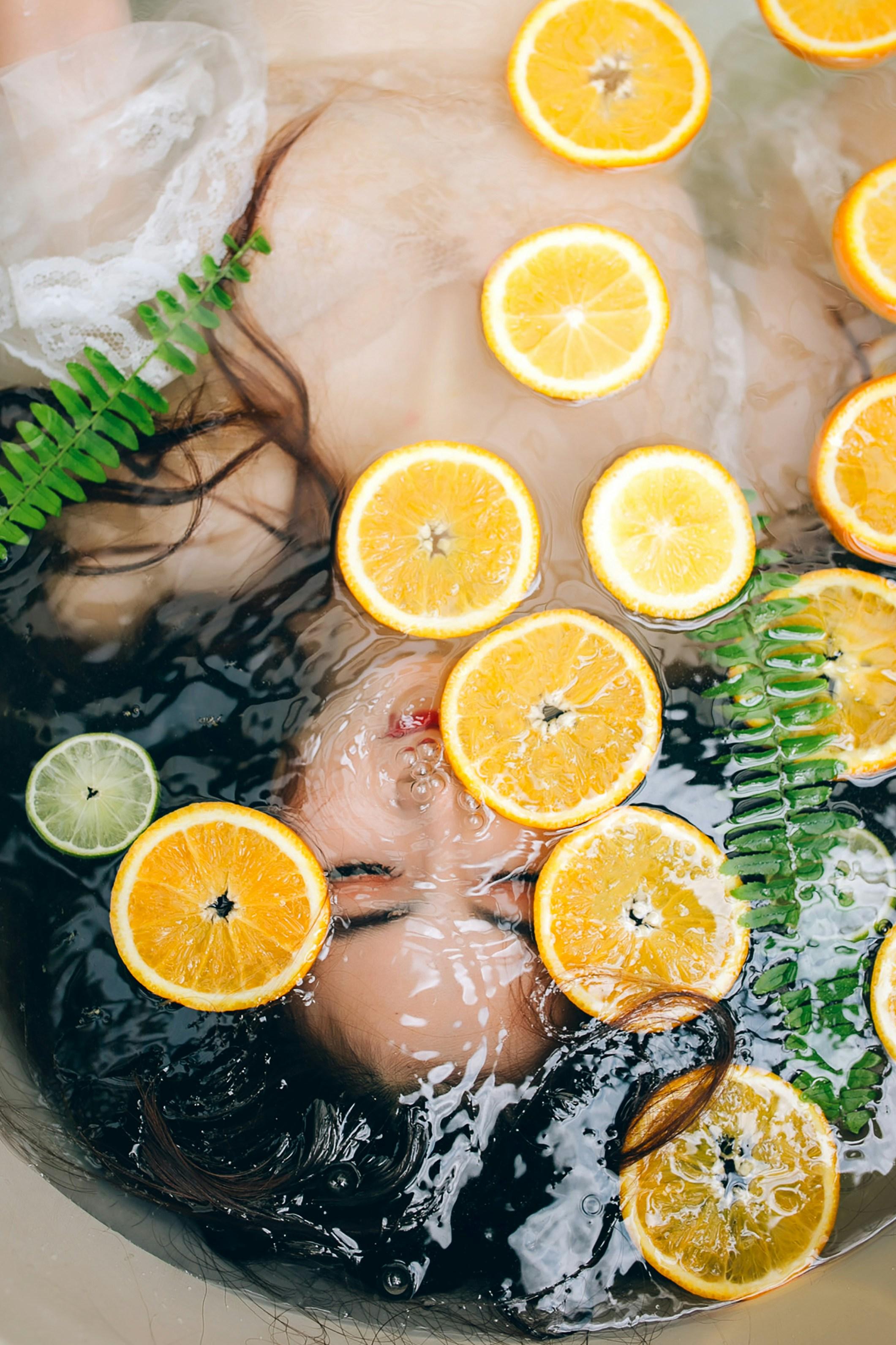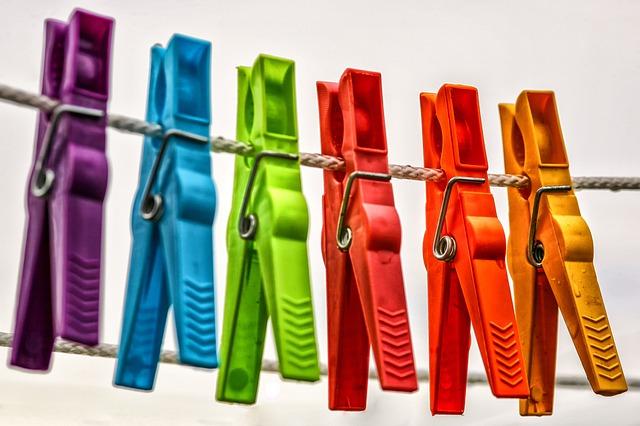Should Plastic-Free Beauty Be More Accessible
In a world where the mirror reflects not just our faces but also our environmental footprint, the beauty industry finds itself at a crossroads. The allure of shimmering palettes and aromatic lotions is increasingly overshadowed by the specter of plastic waste. As consumers become more eco-conscious, the demand for plastic-free beauty products surges, challenging brands to rethink their packaging and production processes. But as the movement gains momentum, a pressing question emerges: Should plastic-free beauty be more accessible? This article delves into the complexities of this question, exploring the intersection of sustainability, consumer expectations, and industry innovation, while seeking to unravel the intricate tapestry of factors that define the future of beauty without borders.
Expanding the Market for Plastic-Free Beauty
The beauty industry is undergoing a transformative shift as consumers increasingly seek out sustainable and eco-friendly products. This shift has sparked a growing demand for plastic-free beauty options. While the current market offers a variety of innovative solutions, from biodegradable packaging to refillable containers, the accessibility of these products remains a challenge for many. To truly expand this market, it’s crucial to address several key areas:
- Affordability: Eco-conscious products often come with a higher price tag, making them less accessible to a broader audience. Introducing more budget-friendly options can help bridge this gap.
- Education: Increasing consumer awareness about the benefits of plastic-free alternatives can drive demand and support sustainable practices.
- Distribution Channels: Expanding the availability of plastic-free beauty products in mainstream retail outlets and online platforms can make them more accessible to consumers worldwide.
By focusing on these areas, the beauty industry can pave the way for a more inclusive and environmentally friendly future, where sustainable choices are available to everyone.

Understanding the Environmental Impact of Packaging
In the quest for more sustainable beauty practices, the impact of packaging cannot be overlooked. Plastic packaging, ubiquitous in the beauty industry, contributes significantly to environmental degradation. It’s time to consider how alternatives can shape a greener future. By embracing plastic-free options, we can address several environmental issues:
- Reduction in Waste: Plastic takes centuries to decompose, clogging landfills and polluting oceans. Opting for biodegradable or reusable materials can drastically cut down on waste.
- Lower Carbon Footprint: The production and disposal of plastic are energy-intensive processes. Sustainable packaging can significantly reduce the carbon emissions associated with these stages.
- Protection of Marine Life: Millions of tons of plastic enter the oceans every year, threatening marine ecosystems. Switching to ocean-friendly materials can help safeguard these vital habitats.
By making plastic-free beauty more accessible, brands not only reduce their environmental impact but also empower consumers to make eco-conscious choices. It’s an opportunity to redefine luxury in beauty, aligning it with a commitment to the planet.

Innovative Solutions for Sustainable Beauty Products
In recent years, the beauty industry has witnessed a surge in demand for environmentally conscious products, leading to the development of innovative solutions aimed at minimizing ecological impact. One of the most significant advancements is the emergence of plastic-free alternatives, crafted from materials such as glass, metal, and biodegradable compounds. These alternatives not only reduce waste but also align with the growing consumer preference for sustainable choices. However, the challenge lies in making these products more accessible to a broader audience.
- Cost-Effectiveness: While many sustainable beauty brands offer high-quality plastic-free options, the cost remains a barrier for some consumers. By investing in research and development, companies can innovate more affordable solutions without compromising on sustainability.
- Distribution Channels: Expanding distribution networks to include more mainstream retail outlets and online platforms can increase visibility and availability, making it easier for consumers to make eco-friendly choices.
- Consumer Education: Educating consumers on the benefits and efficacy of plastic-free beauty products is crucial. Enhanced awareness can drive demand, encouraging brands to prioritize sustainability in their offerings.
To truly transform the beauty industry, stakeholders must collaborate to address these challenges, ensuring that sustainable options become the norm rather than the exception. By doing so, we pave the way for a future where beauty and sustainability coexist harmoniously.

Strategies to Increase Consumer Accessibility and Affordability
To truly make plastic-free beauty products more accessible and affordable, brands can employ a mix of innovative strategies and thoughtful initiatives. One approach is to leverage sustainable packaging alternatives that are not only eco-friendly but also cost-effective. Utilizing materials such as glass, metal, or biodegradable polymers can help reduce costs in the long run. Additionally, companies can focus on bulk sales or refill stations, which allow consumers to purchase only what they need, minimizing waste and reducing packaging expenses. Emphasizing the use of locally sourced ingredients can also lower transportation costs and support community economies.
Furthermore, enhancing consumer accessibility can be achieved through strategic partnerships with retailers and online platforms to broaden distribution channels. By collaborating with well-known stores, brands can ensure their products are more visible and easily obtainable. Offering subscription services can provide consumers with regular access to their favorite products at a reduced cost, encouraging loyalty and repeat purchases. Lastly, implementing education and awareness campaigns to inform consumers about the benefits and impact of plastic-free beauty can help drive demand, allowing brands to scale production and reduce prices through economies of scale.
In Retrospect
As we navigate the winding path toward a more sustainable future, the question of accessibility in the realm of plastic-free beauty remains a pivotal point of discussion. The whispers of innovation echo through the corridors of the beauty industry, promising a transformation that aligns luxury with responsibility. Yet, as we stand at the crossroads, it becomes clear that the journey is not solely the responsibility of brands but a collective endeavor that calls for collaboration, creativity, and consciousness from all corners of society.
The allure of plastic-free beauty is undeniable, offering a vision of a world where indulgence and environmental stewardship coexist harmoniously. But to realize this vision, we must bridge the gap between intention and action, ensuring that sustainability is not a privilege but a shared experience accessible to all.
As we close this chapter, let us carry forward the dialogue, challenge the status quo, and nurture the seeds of change. For in this shared quest for a cleaner, greener planet, every choice counts, and every voice matters. The beauty of tomorrow beckons, and it is ours to shape.


